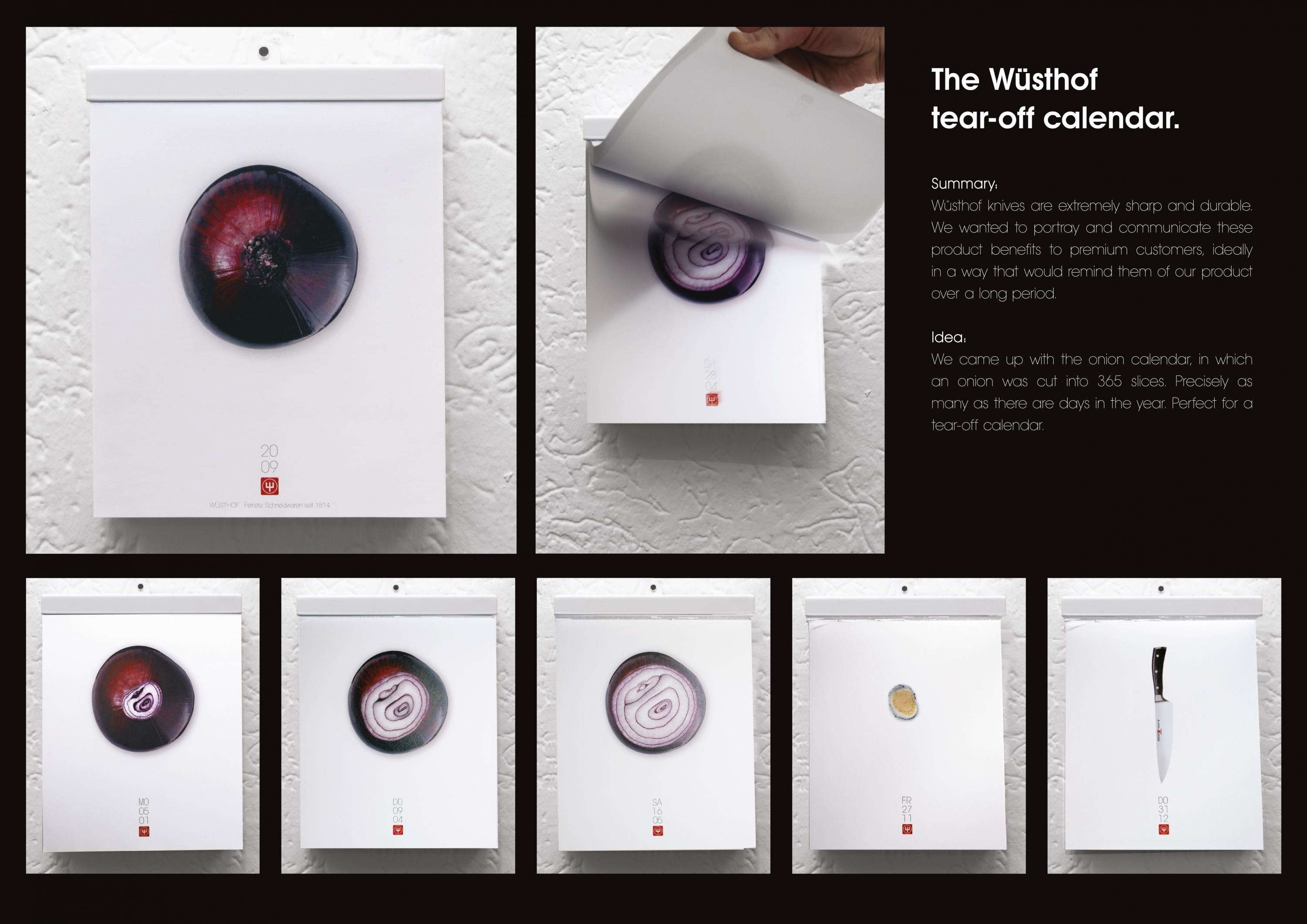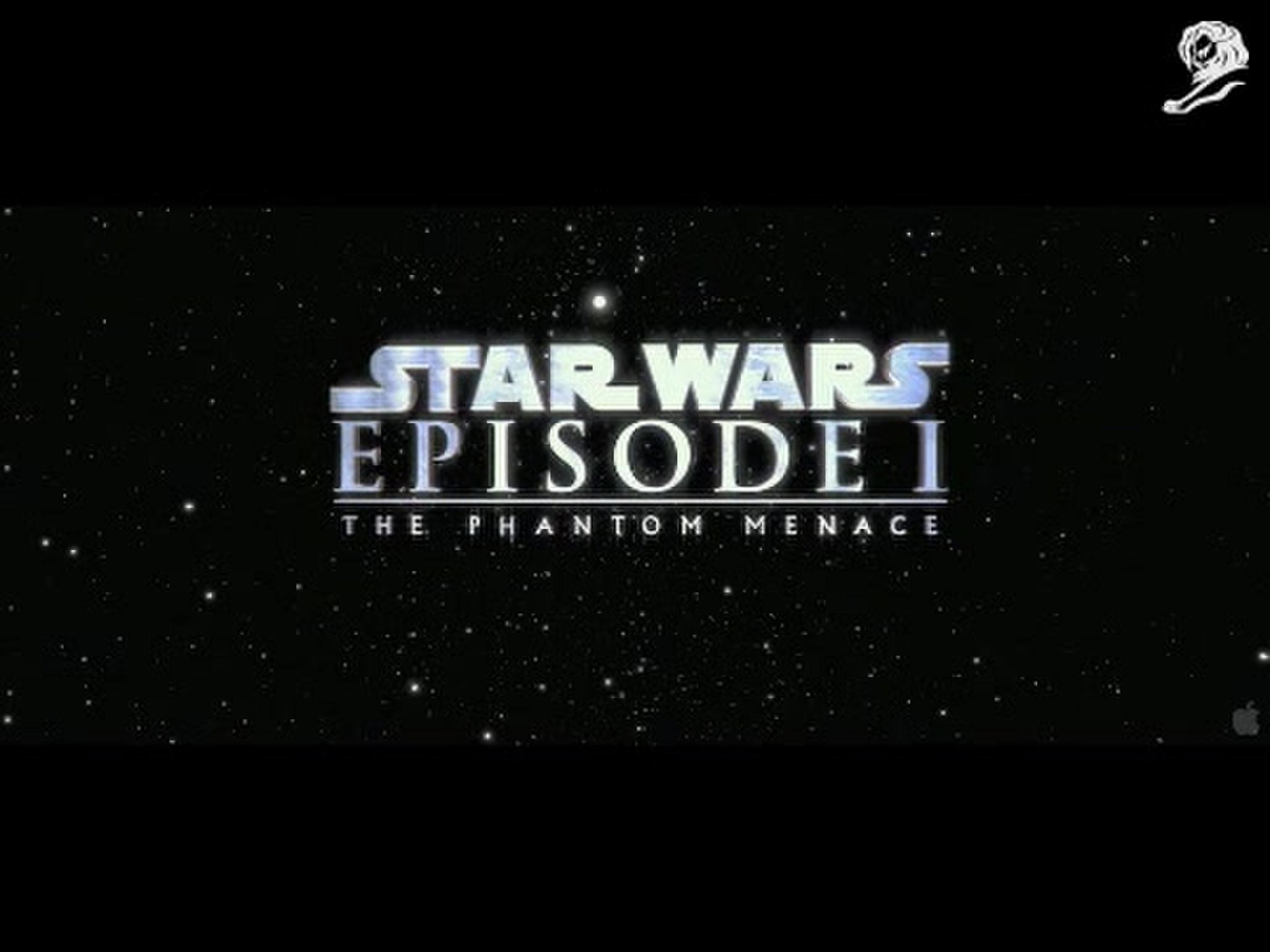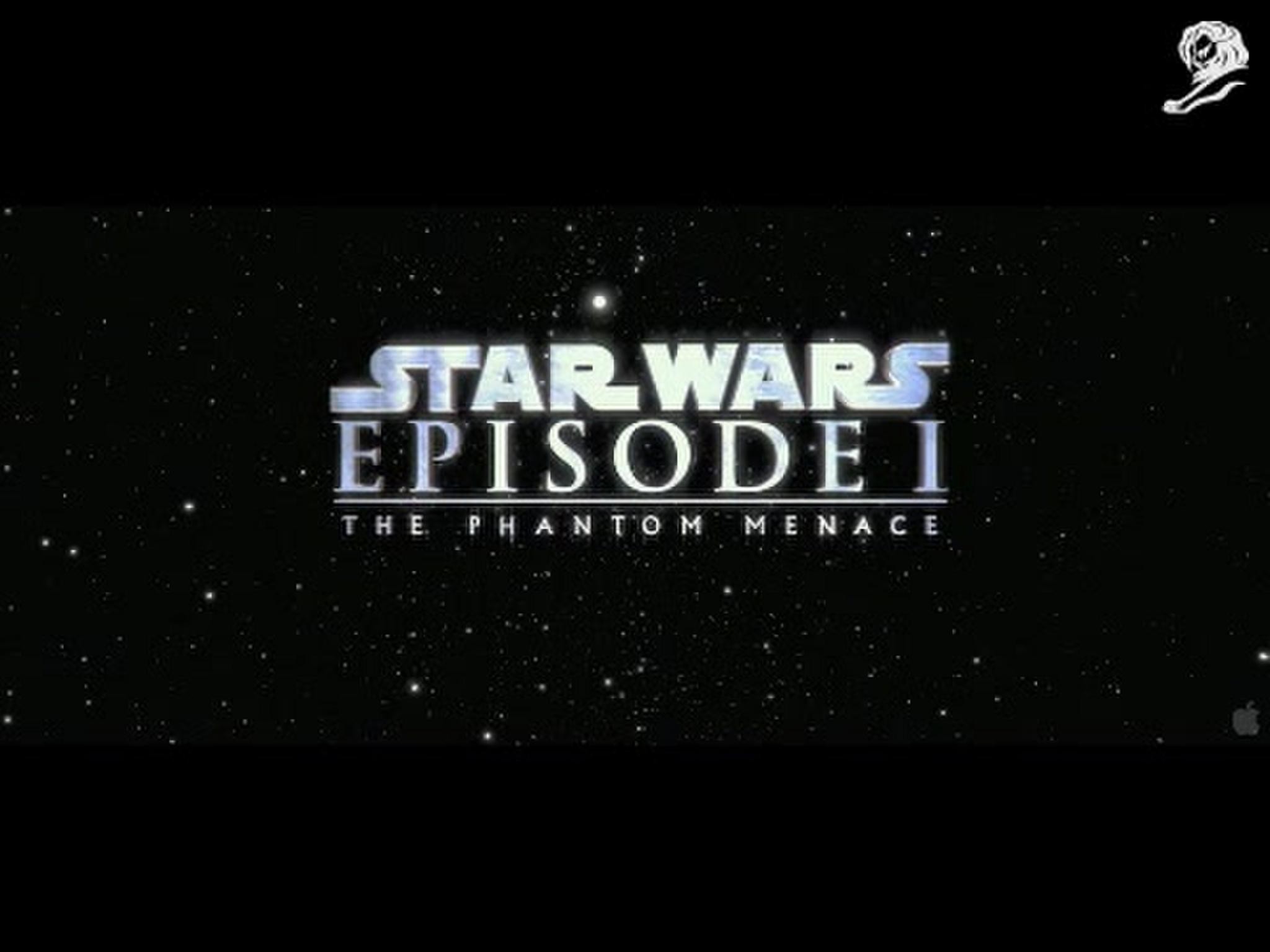Innovation > Innovation
DOT PAD. THE FIRST SMART TACTILE GRAPHICS DISPLAY.
SERVICEPLAN, Munchen / DOT / 2022
Awards:
Overview
Credits
Overview
Why is this work relevant for Innovation?
Despite widespread efforts to improve accessibility, braille-reader hardware has been limited to text translation, due to the complex mechanism of braille cells. Composed of 2,400 energy-efficient pins on one portable panel, Dot Pad takes tactile communication to a whole new dimension — from to text to graphics — with an innovative image processor that maps digital image input onto a tactile display using AI to analyze and segment the input.
For the first time, visually impaired people can access any visual content on the internet. Dot Pad encourages independent learning, creates further employment opportunities, and empowers diverse artists and creators.
Background
While most people rely on visuals to understand complex topics, the 285 million blind and visually impaired people worldwide are left out. Tactile books are scarce, expensive, and impractical. Audio descriptions fail to describe complex information.
Conventional tactile devices use piezoelectricity to power their actuators, making them bulky and expensive. Further, translation of visual content into tactile one is complex. Conventional vectorization or edge detection algorithms aren’t capable of producing tactile graphics that are suitable for blind users. It requires intelligence to understand what’s in an image and decide what’s important to the audience.
Describe the idea
Dot Pad. The first smart tactile graphics display for the visually impaired. It can display any visual content from any source because the innovative Dot Image Processing technology uses Al to analyze and understand visual input and present it most accurately on Dot Pad’s tactile display of 2,400 dots.
While conventional tactile devices use piezoelectricity to power their actuators, Dot Pad uniquely relies on electromagnetism, which reduces size, weight, power consumption and price by more than ten times.
Thanks to a partnership with Apple, Dot Pad integrates seamlessly with iOS and iPadOS, thereby giving users access to the 2.2 million apps on the App Store, out of the box. Dot Pad reduces dependence on tactile textbooks and audio description for graphical content which sighted people are used to freely enjoying.
What were the key dates in the development process?
2014
Invention of the patented Dot Actuator Technology
2016 – 2018
Integration of Dot technology in Dot Watch braille smartwatch and Dot Mini smart media device
December 2019
Working prototype of stationary Dot Pad
June 2020
Integration of Dot Pad technology into public transportation kiosks in Busan, South Korea
July 2020
Working prototype of portable Dot Pad
Dec 2021
Dot Pad design finalized
iOS 15.2 launched with support for Dot Pad
March 2022
?Worldwide Dot Pad launch at CSUN Assistive Tech Conference, California
Coverage by Tech Crunch and other global news outlets
April 2022
Launch of partnerships with educational and governmental institutions
In talks with major tech companies for unification of tactile graphics format
Describe the innovation / technology
At the core of Dot Pad sits the third generation of the innovative Dot actuator technology. While conventional tactile devices use piezoelectricity to power their actuators, Dot Pad uniquely relies on electromagnetism, which reduces size, weight, power consumption and price by more than ten times. This dramatically increases usability and makes Dot Pad affordable for the majority of blind and visually impaired users. While the Dot actuator technology is protected by 30 patents, it’s licensed to other manufacturers to give as many people as possible the chance to benefit from it.
It requires intelligence to understand what’s in an image and decide what’s important to the audience. To create comprehensible tactile content, Dot Pad relies on the innovative Dot Image Processor. It’s an AI that was trained with millions of existing visual and tactile graphics, to be able to analyze, understand and segment visual content, and translate it to tactile graphics most suitable for blind users.
Describe the expectations / outcome
Launched in early 2022, Dot Pad has earned huge interest from the media as well as public and private institutions worldwide, with millions in dollars in orders. The Dot Pad technology is even being shared with competitors to give visually impaired people all around the world access to tactile graphics. Dot Pad technology is permanently installed in public kiosks in Busan, South Korea.
Dot Pad has disrupted the field of accessibility technology with tactile graphics. To create further software and hardware support for tactile graphics, Dot Inc. is in touch with major players in the field such to create a unified tactile graphic file format and a dedicated open database of tactile graphics. Dot Inc. is partnering with many educational and governmental institutions like UCLA, Carnegie Mellon University, McGill University, Columbia University, and American Publishing House for Blind (to name a few).
More Entries from Early Stage Technology in Innovation
24 items
More Entries from SERVICEPLAN
24 items
















